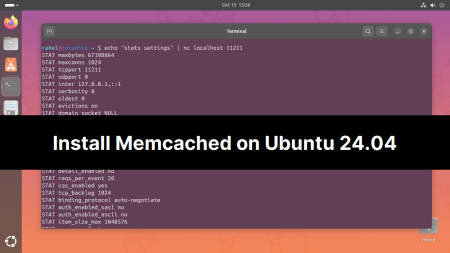Redis is an in-memory data structure store that can be used as a database, cache, and message broker. It supports a wide range of data structures, such as strings, hashes, lists, sets, and sorted sets, and it provides high performance and scalability.
To clear the Redis cache, you can use the `FLUSHALL` command. This command removes all keys from all databases in the Redis instance.
Here’s a step-by-step guide on how to clear the Redis cache:
- Connect to Redis Server
Connect to the Redis instance using the `redis-cli` command-line utility. You can specify the hostname and port of the Redis instance as arguments, or you can use the -h and -p options. For example:
redis-cli -h 127.0.0.1 -p 6379You can authenticate the connection using
`-awhen connecting to the server.` - Redis: Flush All Databases Cache
Once connected, Use the `FLUSHALL` command to clear the entire cache. This command removes all keys from all databases in the Redis instance. It is an administrative command, and it is not recommended for use in production environments.
FLUSHALLThe `FLUSHALL` command will return `OK` if the cache was successfully cleared. You can then exit the redis-cli utility by typing exit and pressing Enter.
exitThat’s it! The Redis cache is now empty, and all keys have been removed from all databases in the Redis instance.
- Redis: Flush Single Database Cache
Use the `FLUSHDB` command to clear a specific database. This command removes all keys from the currently selected database. You can specify the database number as an argument, or you can use the `SELECT` command to switch to the desired database before running FLUSHDB.
FLUSHDBSelect the database first and then flush it.
SELECT 2FLUSHDB - Redis: Delete Specific Key Values
Use the `DEL` command to delete specific keys. This command takes one or more keys as arguments, and it removes the specified keys from the current database.
DEL key1 key2 key3Use the `KEYS` command to list all keys in the current database. This command takes a pattern as an argument, and it returns a list of keys that match the pattern. You can use this command to find and delete specific keys.
KEYS *DEL $(KEYS pattern*) - Redis: Set Expireation Time for Specific Key
Use the `EXPIRE` command to set an expiration time on keys. This command takes a key and a number of seconds as arguments, and it causes the key to be deleted after the specified time has elapsed.
EXPIRE key1 3600 - Redis: Remove Expireation Time for Specific Key
Use the `PERSIST` command to remove the expiration time from a key. This command takes a key as an argument, and it removes the expiration time from the key if it has one.
PERSIST key1
Conclusion
Note that the `FLUSHALL` command is an administrative command, and it is not recommended for use in production environments. If you want to clear only a specific database or a subset of keys, you can use the FLUSHDB or DEL commands instead. For more information, you can consult the Redis documentation or search online for tutorials and examples.
I hope these tips and tricks are helpful! Let me know if you have any other questions.

